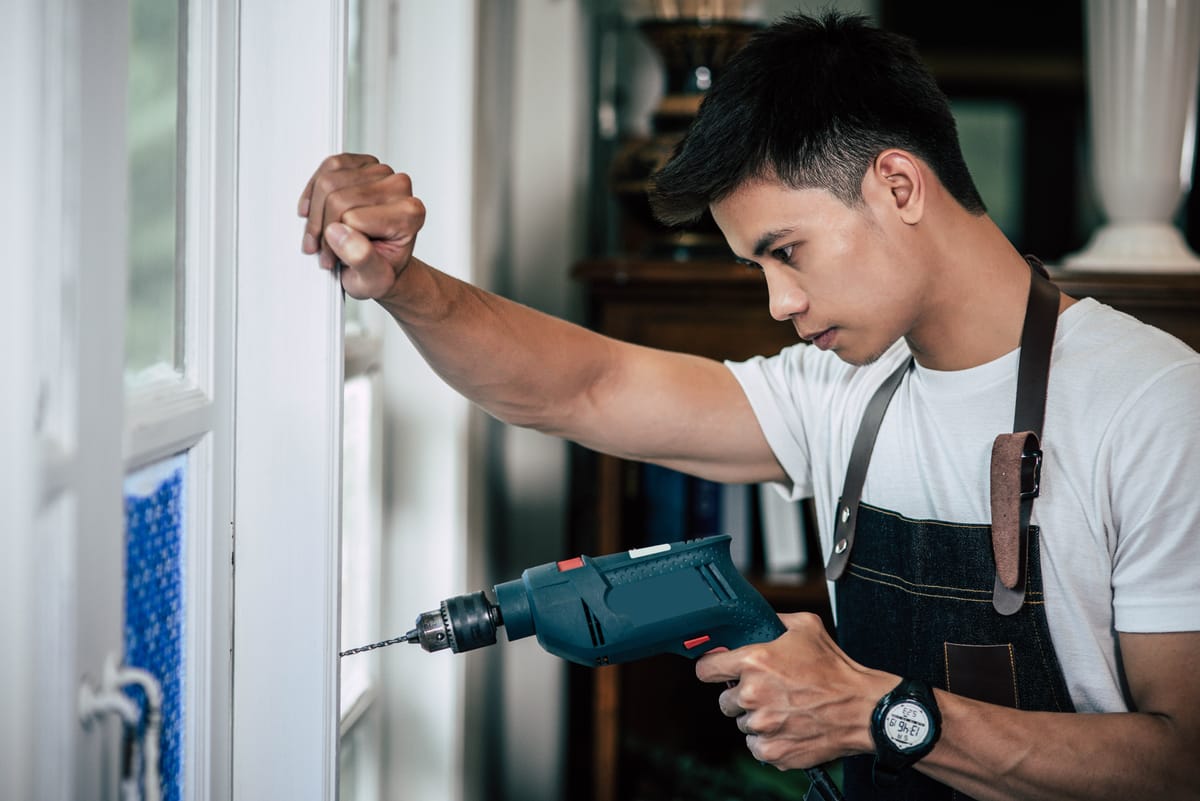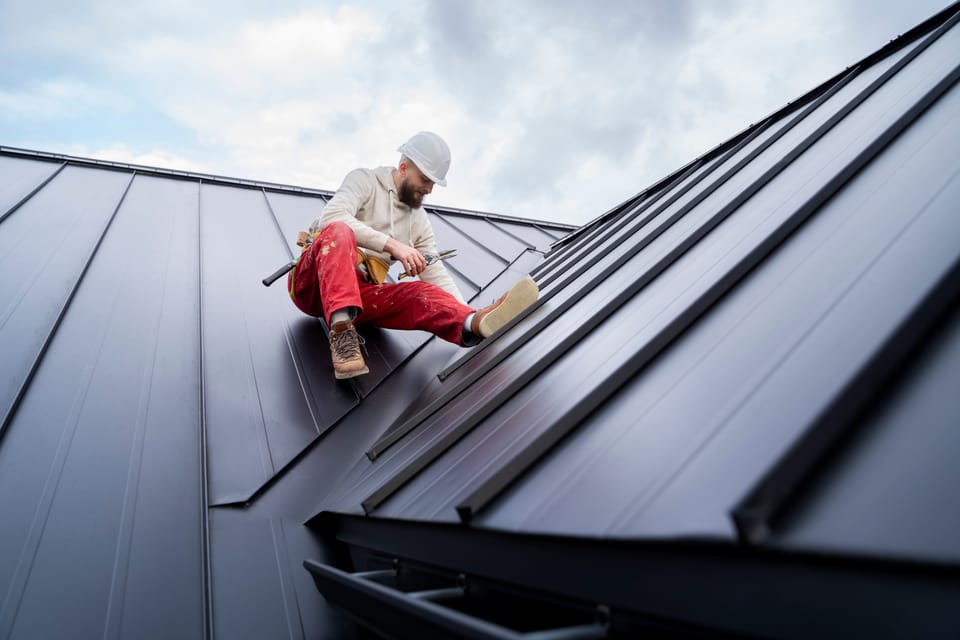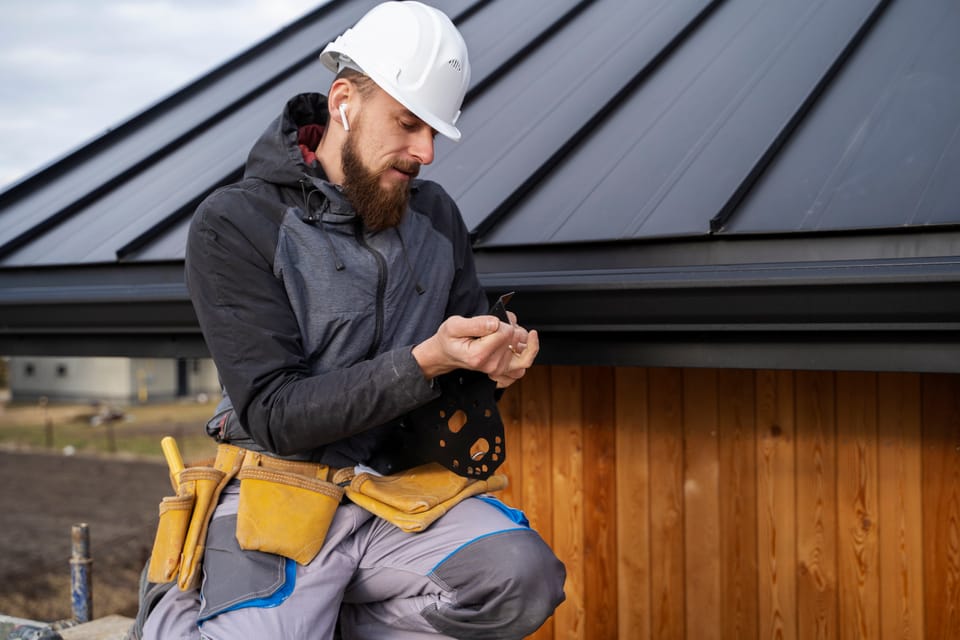5 Things to Know Before Installing Storm Windows

Installing storm windows can be a smart investment for your home, offering additional insulation, protection from the elements, and enhanced energy efficiency. However, before you dive into the installation process, there are several important factors to consider. Here are five key things to know before installing storm windows.
1. Understand the Benefits
Storm windows provide numerous benefits, making them a popular choice for homeowners. Here’s what you can expect:
- Energy Efficiency: Storm windows can significantly reduce heat loss in the winter and keep your home cooler in the summer. They create an insulating air pocket between the storm window and your existing window, enhancing thermal performance.
- Noise Reduction: Installing storm windows can help dampen outside noise, creating a quieter indoor environment. This is especially beneficial if you live in a noisy area or near a busy street.
- Protection from Weather Elements: Storm windows shield your primary windows from harsh weather conditions, such as rain, snow, and wind. This protection can extend the life of your existing windows.
- UV Protection: Many storm windows come with UV-filtering options that help protect your furniture and flooring from sun damage, preventing fading and discoloration.
- Increased Home Value: Upgrading to storm windows can enhance your home’s value and appeal, making it a more attractive option for potential buyers.
2. Choose the Right Type of Storm Window
There are different types of storm windows available, and choosing the right one is crucial. Here are the main options:
- Internal Storm Windows: These are installed on the inside of your existing windows and are easy to remove for cleaning or during warmer months. They are great for older homes where exterior changes may not be possible.
- External Storm Windows: Installed on the outside of your windows, external storm windows offer excellent protection against the elements and are often more effective at preventing drafts. They come in various styles, including full-frame and insert options.
- Retractable Storm Windows: These windows can be rolled down or pulled up, providing flexibility for homeowners who want to adjust their window’s protection based on the season or weather conditions.
Evaluate your needs, budget, and aesthetic preferences to determine which type of storm window is best for you.
3. Check Local Building Codes and Regulations
Before proceeding with the installation, it’s essential to check local building codes and regulations. Some municipalities may have specific guidelines regarding the installation of storm windows, especially for historical homes or properties within designated districts. Ensure you:
- Obtain Necessary Permits: Some areas require permits for window installations or modifications, so it’s vital to check with your local building department.
- Follow Energy Efficiency Standards: Depending on your location, there may be energy efficiency standards that storm windows must meet. Research these requirements to ensure your chosen product complies.
4. Consider Professional Installation vs. DIY
While some homeowners may feel comfortable installing storm windows themselves, hiring a professional can save time and ensure proper installation. Here are some factors to consider:
- Skill Level: Assess your DIY skills. If you have experience with home improvement projects, you might tackle the installation yourself. However, if you’re unsure, consider hiring a professional.
- Time Commitment: Installing storm windows can be time-consuming, especially if you have multiple windows to replace. A professional can typically complete the job more quickly and efficiently.
- Warranty Considerations: Some manufacturers may require professional installation to maintain product warranties. Verify warranty details before making a decision.
5. Plan for Maintenance and Care
Like any home improvement, storm windows require regular maintenance to function effectively. Here are some tips for keeping your storm windows in good condition:
- Regular Cleaning: Clean both the storm windows and your primary windows periodically to ensure maximum visibility and efficiency. Use a mild detergent and soft cloth to avoid scratches.
- Inspect for Damage: Regularly check your storm windows for any signs of wear, such as cracks or seal failure. Addressing these issues promptly can prevent further damage and maintain energy efficiency.
- Seasonal Adjustments: Depending on your region, consider removing storm windows during warmer months to allow for better airflow and natural ventilation.
Conclusion
Installing storm windows is a valuable upgrade for your home that can enhance comfort, energy efficiency, and protection. By understanding the benefits, choosing the right type, checking local regulations, weighing installation options, and planning for maintenance, you can ensure a successful storm window installation. Take the time to research and prepare, and you’ll enjoy the many advantages that storm windows can bring to your home for years to come.



